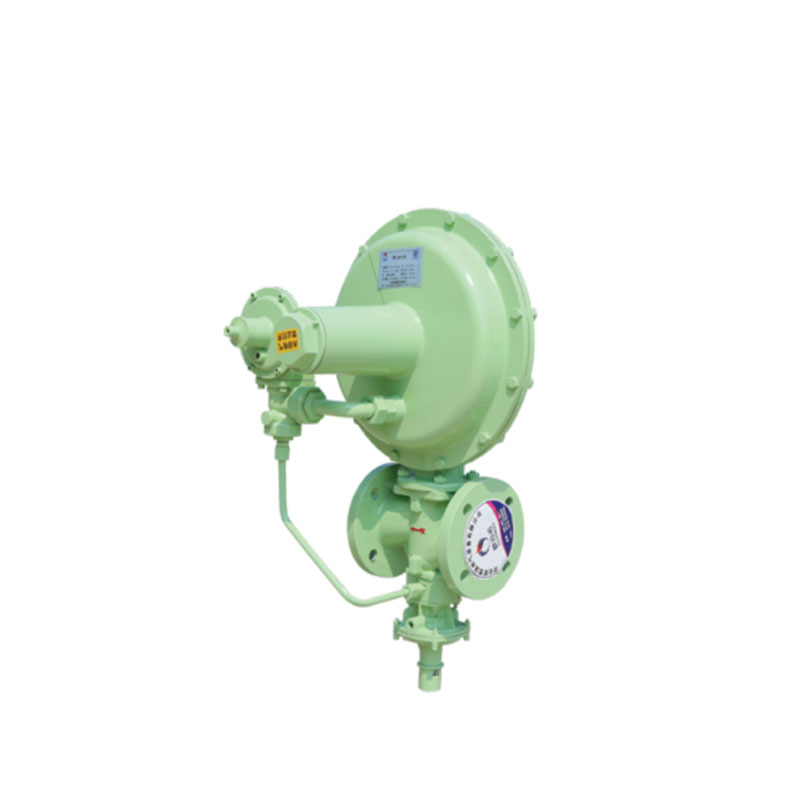
Nov . 14, 2024 07:30
Back to list
relief valve
Understanding Relief Valves Ensuring Safety and Efficiency in Pressure Systems
Relief valves play a crucial role in maintaining the safety and efficiency of various pressure systems across multiple industries such as oil and gas, chemical manufacturing, food processing, and HVAC systems. These devices are designed to prevent overpressure situations by automatically releasing excess pressure from a system, thereby protecting equipment, processes, and personnel from potential hazards.
At their core, relief valves are safety devices that activate when the pressure within a system exceeds a predetermined limit. This limit is typically set based on the operational parameters of the equipment or piping system they are safeguarding. When the pressure reaches this threshold, the relief valve opens, allowing a portion of the fluid, gas, or steam to escape, thus relieving the pressure and maintaining it within safe operational bounds.
There are various types of relief valves, including spring-loaded relief valves, pilot-operated relief valves, and safety valves. Each type has its distinct working principle and application. Spring-loaded relief valves are among the most common, utilizing a spring mechanism to hold the valve closed until the set pressure is reached. In contrast, pilot-operated relief valves use a smaller pilot valve to control a larger main valve, making them suitable for high-pressure applications where precise control is critical.
The function of relief valves extends beyond mere pressure control; they also contribute to the overall efficiency of a system. By releasing excess pressure, these valves help maintain optimal conditions for processes, thereby ensuring reliable operation. For instance, in a steam system, if the pressure builds up excessively, it can lead to inefficient heat transfer or even equipment failure. By employing relief valves, operators can avoid such operational disruptions, leading to improved efficiency and productivity.
relief valve

Moreover, the proper selection, installation, and maintenance of relief valves are essential to their effectiveness. Engineers must consider various factors when selecting a relief valve, including the type of fluid handled, the operating pressure and temperature, and the required discharge capacity. Additionally, relief valves should be regularly inspected and tested to ensure they are functioning correctly. Failure to maintain these valves can lead to catastrophic failures, such as explosions or equipment damage, which can be costly and dangerous.
Regulatory standards play a significant role in the requirements for relief valves across different industries. Organizations such as the American Society of Mechanical Engineers (ASME) and the American National Standards Institute (ANSI) provide guidelines and standards that govern the design, testing, and maintenance of relief systems. Compliance with these standards is crucial not only for legal and regulatory reasons but also for ensuring the safety of personnel and the environment.
In recent years, advancements in technology have also impacted the design and functionality of relief valves. The incorporation of smart sensors and automation into relief systems allows for real-time monitoring and control, improving response times in the event of overpressure situations. These advancements can lead to safer and more efficient operations, allowing industries to meet increasing production demands while minimizing risk.
In conclusion, relief valves are essential components in pressure systems, playing a vital role in ensuring safety and efficiency. By preventing overpressure situations, maintaining optimal operational conditions, and complying with regulatory standards, relief valves contribute to the overall integrity of industrial processes. As technology continues to evolve, the future of relief valves promises enhanced safety features and improved operational performance, further solidifying their importance in various industries. Understanding and implementing effective relief valve systems is thus critical for any operation relying on pressurized fluids or gases.
Next:
Latest news
-
Safety Valve Spring-Loaded Design Overpressure ProtectionNewsJul.25,2025
-
Precision Voltage Regulator AC5 Accuracy Grade PerformanceNewsJul.25,2025
-
Natural Gas Pressure Regulating Skid Industrial Pipeline ApplicationsNewsJul.25,2025
-
Natural Gas Filter Stainless Steel Mesh Element DesignNewsJul.25,2025
-
Gas Pressure Regulator Valve Direct-Acting Spring-Loaded DesignNewsJul.25,2025
-
Decompression Equipment Multi-Stage Heat Exchange System DesignNewsJul.25,2025

